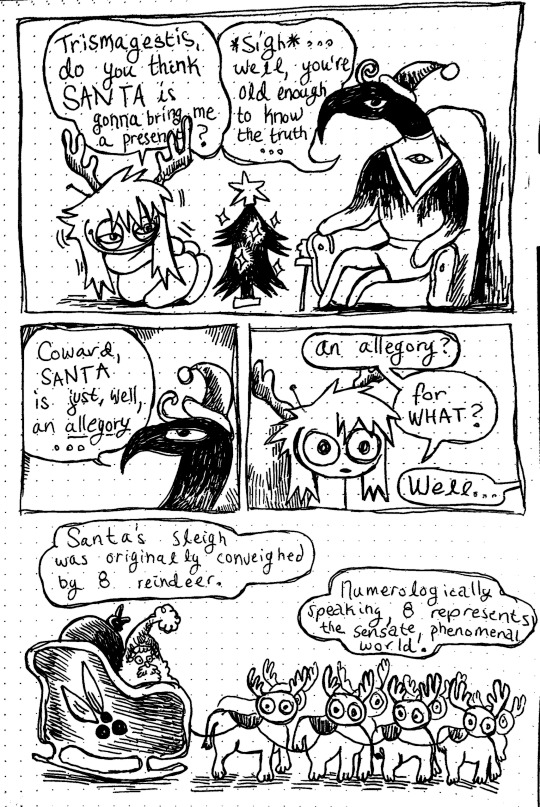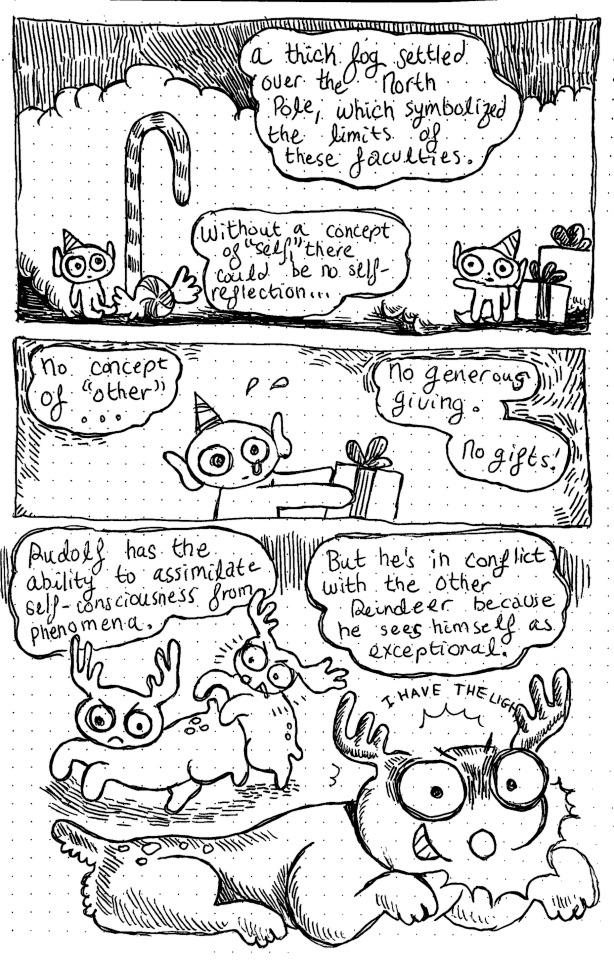Velvet ☭ they/it • 26 send me music suggestions & lets be friends
Don't wanna be here? Send us removal request.
Text
The final stage of every OC's creation is having to go through websites like this to name it:

94K notes
·
View notes
Text
in the Egyptian wing of the museum and my boyfriend is like "what are all the time periods of ancient Egypt" and I'm like predynastic, early dynastic, old kingdom which is when the pyramids were built, first intermediate, middle kingdom, second intermediate, new kingdom which includes amarna period and yugioh, third intermediate, and then all the late period stuff and macedonian and roman eras. and he's like run that by me one more time
75K notes
·
View notes
Text

Minyoung Kim (Korean, born 1989) Sudden Salami, 2023
Acylic on canvas 39 2/5 x 39 2/5 in (100 x 100 cm)
Private collection
6K notes
·
View notes
Text
doll that bites your thighs and makes you lesbian
71 notes
·
View notes
Text

alien furret | kofi request, november 2024
713 notes
·
View notes
Text
this will be the year I finally convince everyone to abandon New Year's resolutions in favour of Yule Boasting, the clearly superior tradition
42K notes
·
View notes
Text
I do not want to live in a world where you can’t laugh at someone for getting horny over angry birds. You know, the game angry birds. Featuring the titular angry birds. Where someone sees a sort of yellow triangular shape with some feathers and says oh fuck I have to stroke my penis to completion. We should be able to laugh at that. It’s laughable.
4K notes
·
View notes
Text
like obviously gender is a deeply specific and personal thing to each and every person, and there's no one way a person can identify which is "better" or "worse" than any other,
but anytime queer people use "binary" as a way to disparage trans women it just sounds like this to me

1K notes
·
View notes
Text
i feel like a lot of the time fatphobia tends to manifest as a similar phenomenon to the "temporarily embarrassed millionaire" thing especially among older people. sooo many people who have gained weight with age see themselves as temporarily embarrassed thin people. like 60+ y/o people who have not been thin since their 30s but they still keep going on diets. it sucks to see cause it reads like such a clear expression of self-hatred to me, like they're punishing themselves for their bodies developing in ways that they probably in reality had very little control over. fatphobia is such brain poison dude
5K notes
·
View notes
Text
trauma is not real i drink violently for unknowable reasons and my body shakes bc im powerful
17K notes
·
View notes
Text
every time you make freezer food for dinner instead of buying takeout like you actually want you should earn two hundred dollars cash and a round of applause
26K notes
·
View notes
Text

op turned reblogs off but this post must live. it must live and spread malignantly .
107K notes
·
View notes
Photo

40 Funniest Tweets Of The Week—So Far (December 25, 2024)
53 notes
·
View notes









